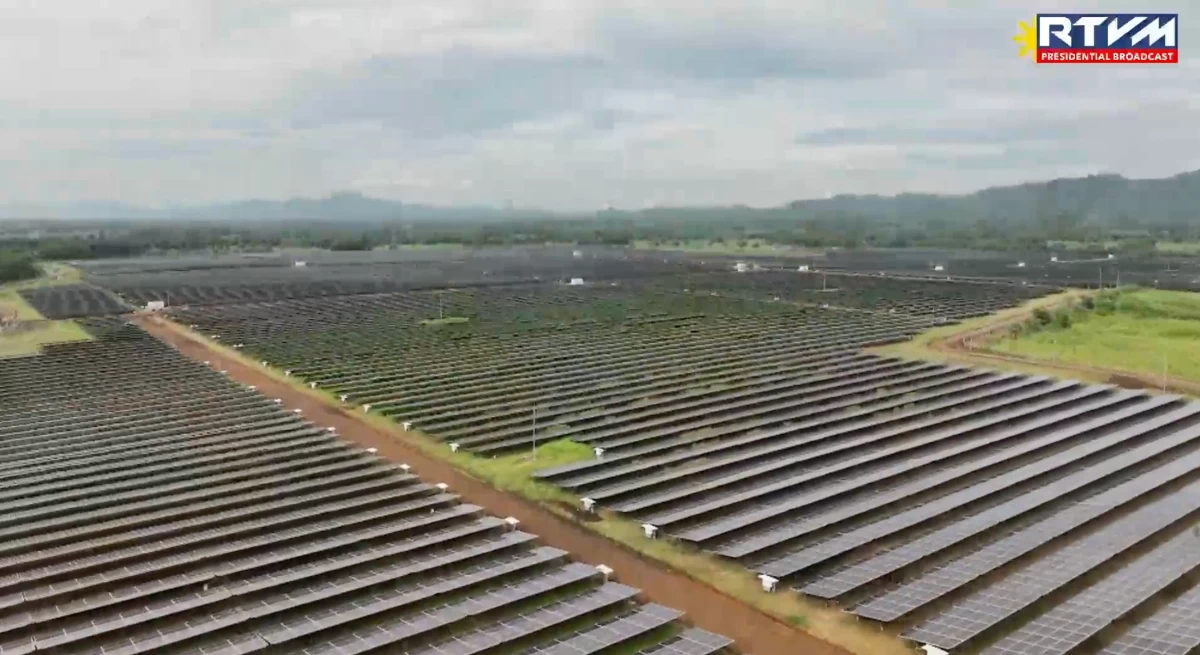
Upgrade to High-Speed Internet for only ₱1499/month!
Enjoy up to 100 Mbps fiber broadband, perfect for browsing, streaming, and gaming.
Visit Suniway.ph to learn
Domestic investors snapped up the government’s short-term securities this week, allowing the Marcos Jr. administration to add ₱25 billion to its debt pile, with borrowing costs nearly at their lowest in three months.
During the latest Treasury bills (T-bills) auction on Monday, Sept. 15, the Bureau of the Treasury (BTr) fully awarded its planned fundraising, with total bids reaching ₱151.2 billion—more than six times the amount of debt paper offered.
However, this week’s total bids were slightly lower than the ₱156.4 billion in tenders from the previous week’s T-bill auction.
The government fully awarded the ₱8.5-billion offering for 91-day T-bills. Total tenders reached ₱47.9 billion, and the securities fetched an average rate of 4.95 percent, 9.6-basis-point (bp) lower than last week’s rate of 5.046 percent.
For 182-day debt papers, the BTr raised ₱8.5 billion, fully awarding the offered amount. Bids reached ₱53.9 billion, while the average rate settled at 5.148 percent, 7.4-bp lower than the previous week’s 5.222 percent.
Lastly, the BTr borrowed the offered ₱8 billion through 364-day debt paper. Demand reached ₱52.4 billion, with the average rate dropping by 10.4 bps to 5.272 percent from 5.376 percent in the previous auction.
Prior to Monday’s auction, PHP Bloomberg Valuation (PHP BVAL) Reference Rates showed that the 91-, 182-, and 364-day T-bills were quoted at 5.09 percent, 5.214 percent, and 5.353 percent, respectively. All rates were lower than last week’s reference rates.
Notably, average borrowing costs across the board were all below the reference rates. While the three-month securities stood lower than the Bangko Sentral ng Pilipinas (BSP) key lending rate of five percent, yields for the six-month and one-year debt paper remained higher.
According to Michael Ricafort, chief economist at Rizal Commercial Banking Corp. (RCBC), borrowing costs fell for the 11th straight week, or nearly three consecutive months. This was despite demand being stronger only for the three-month and one-year bills, but weaker for the six-month tenor.
This continued drop in costs comes amid the BSP’s series of rate cuts in recent months and expectations of further reductions in the coming months, following recent signals of another quarter-point cut by year-end.
This prompted more investors to lock in yields before they decline further, amid unusually strong demand in recent weeks.
The Philippines borrows more locally through treasury bills and bonds than from foreign sources. This borrowing strategy leverages domestic banks and creditors, who are flush with cash, while reducing exposure to foreign exchange (forex) risks and volatility.
For the rest of the year, the BTr signaled no more large borrowings such as retail treasury bonds (RTBs) or long-term treasury notes. Instead, borrowings will only be through the sale of regular T-bills and T-bonds.
It can be recalled that the country’s debt-to-gross domestic product (GDP) ratio climbed to a 20-year high of 63.1 percent—further away from the Marcos Jr. administration’s target—as the national government’s outstanding debt continued to hit record highs in the second quarter of 2025.

 2 hours ago
2
2 hours ago
2



